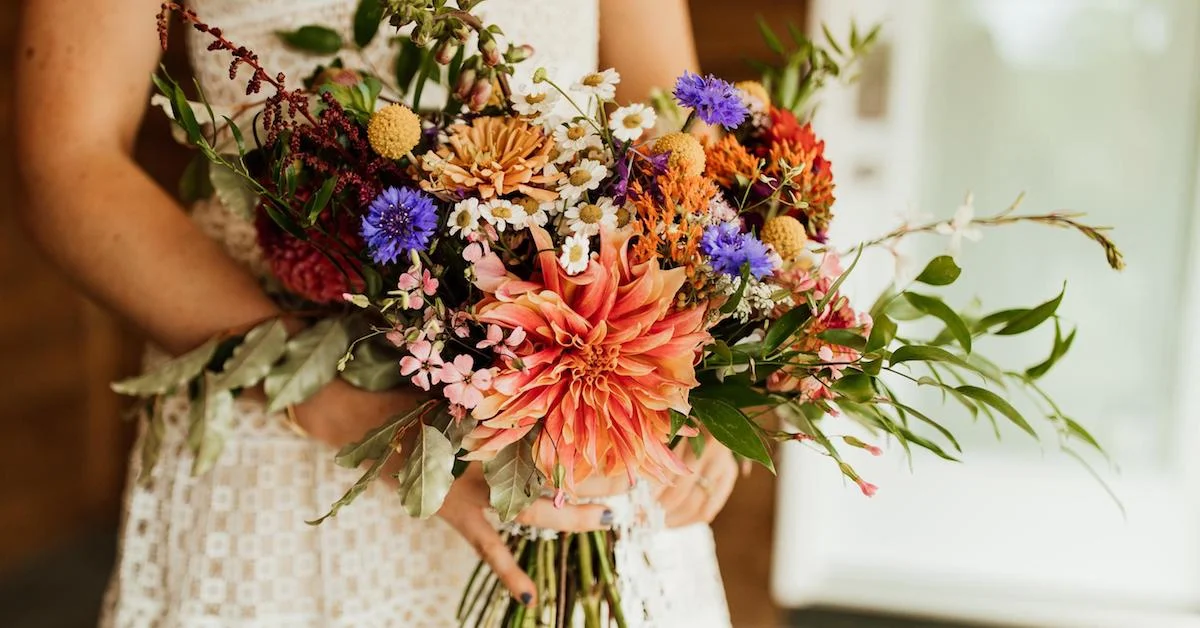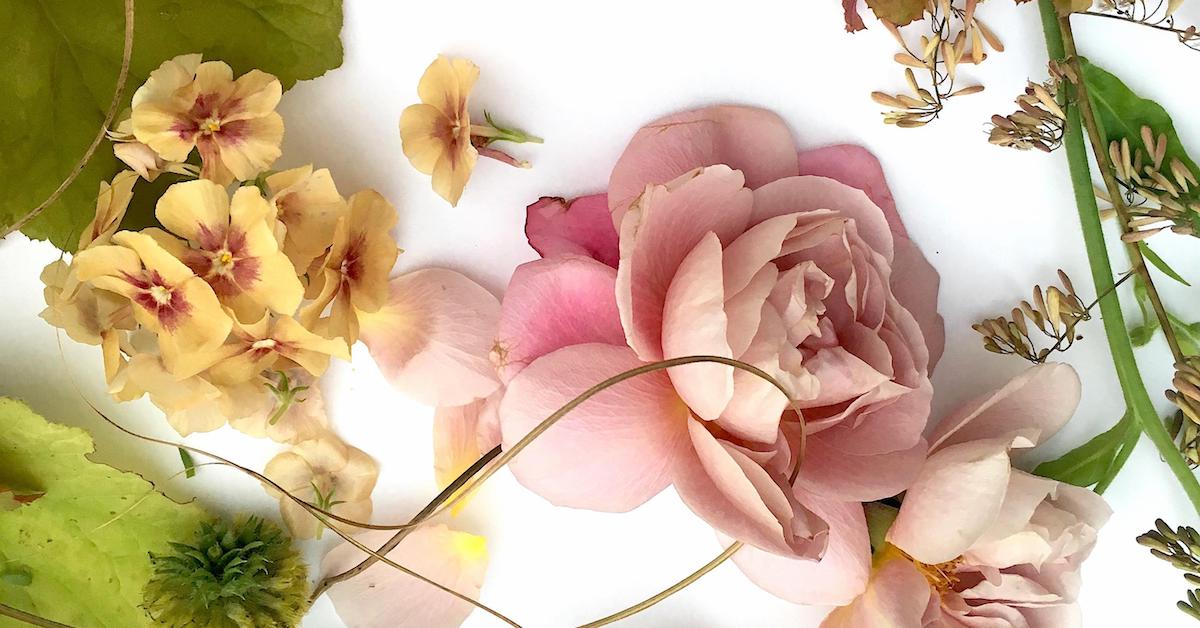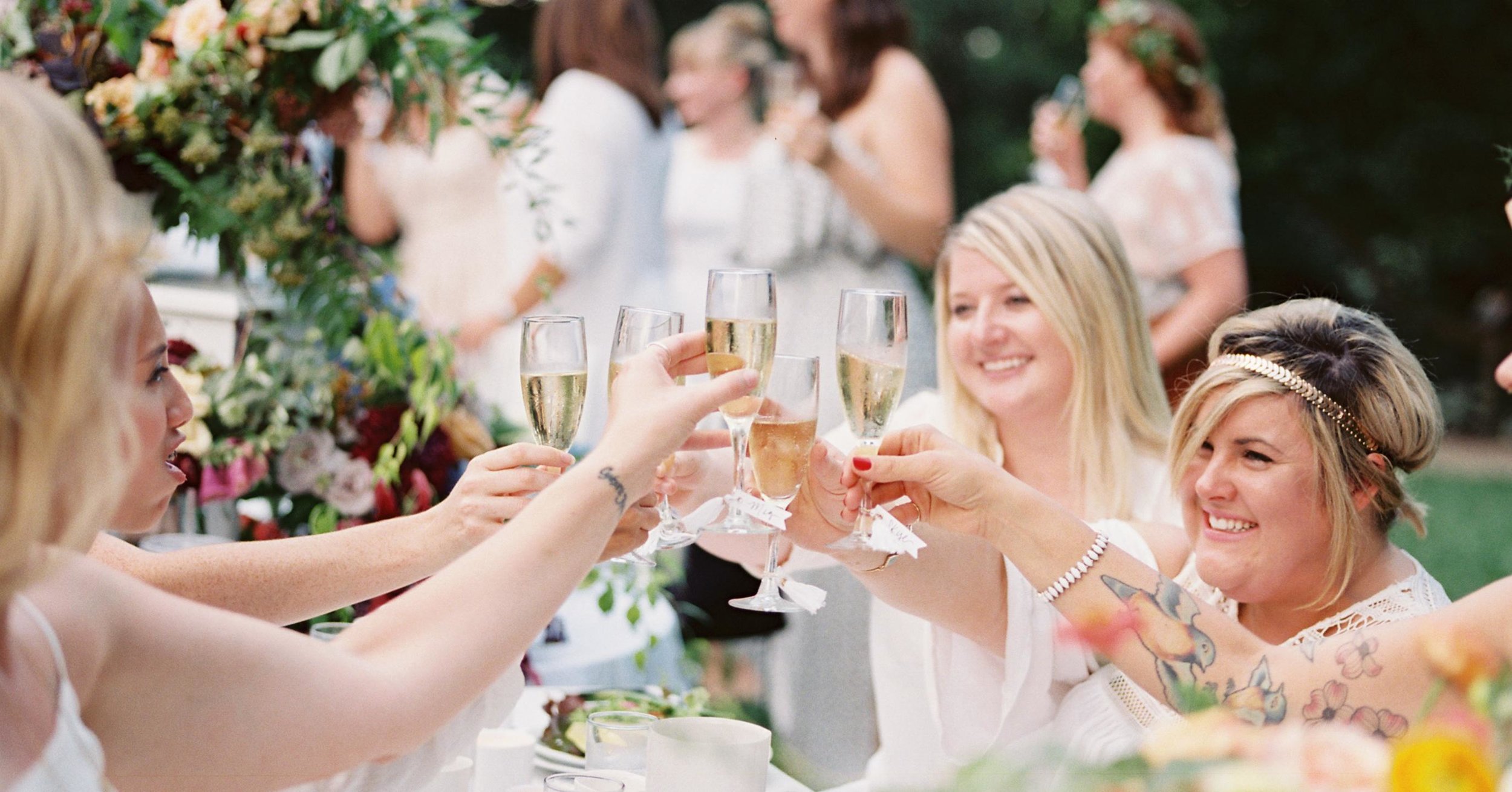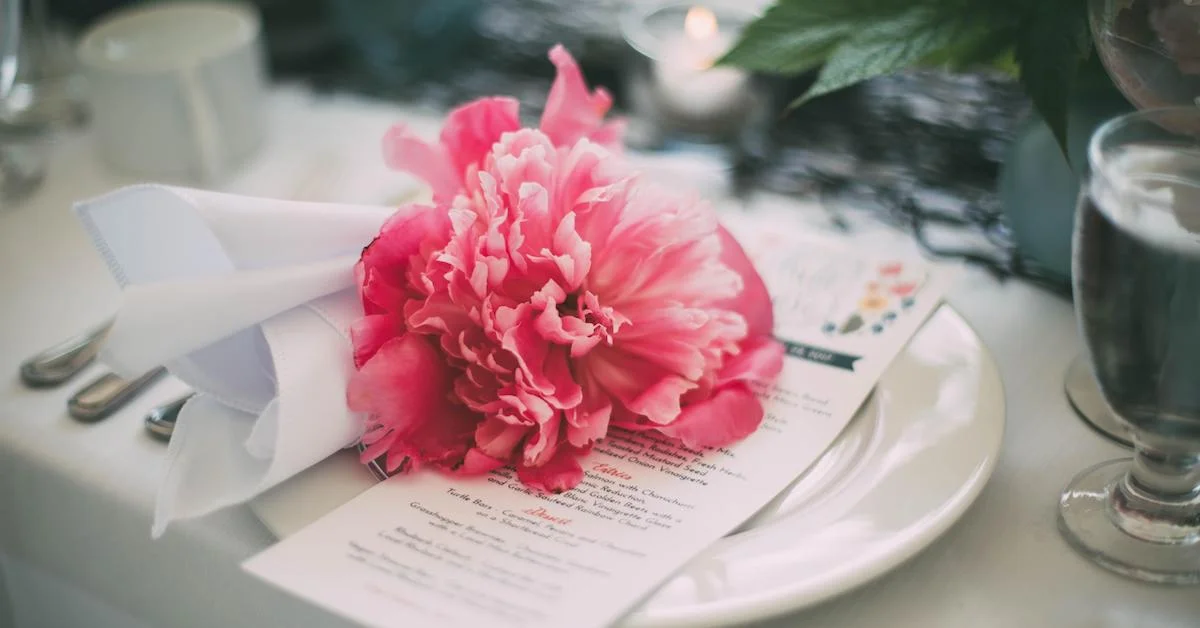Myca shares how to manage a business relocation by researching your market and finding your specialty.
All in Articles
Where to buy flower seeds for sale
Have you ever grown your own flowers? Annual flower seeds are a low-cost and high-return investment for dipping your toes into a new hobby, bridging the transition from a hobby-grower to a professional grower, and/or expanding and diversifying a thriving cut flower operation. Pressly shares with you her years’ worth of seed-sourcing experience and highlights her favorite suppliers, as the wide world of seed sourcing can be quite daunting for a new farmer or backyard gardener.
Growing Organic Flowers
Flower farming organically can be tough, especially when it comes to insects. To assist with this, I've researched plants and flowers that are helpful in controlling the population of harmful insects.
How to Make a Garden-Inspired Floral Centerpiece
Kelly walks through a step-by-step process for creating a garden-inspired centerpiece using Lady's Mantel, Coral Bells, Chamomile, Carnations, Foxglove, Roses, and Chocolate Cosmos.
Tips on Stepping Out of Competitiveness
Gossip, bitterness, hatred, self-loathing, pride . . . these are just a few of the unattractive attributes I've witnessed in my short time in the floral industry—and at times, even within myself. So how do we overcome this? How do we have a healthy view of competition? Below are four things to keep in mind and put into practice as you walk this floral journey.
Growing Flowers that Attract Bees
Many perennial plants can be added to your cut flower farm or garden that provide various benefits to your operation. From diversifying offerings by bridging gaps between spring bulbs and summertime annuals to adding new interest to seasons in which harvests might become slightly repetitive from your fields, their blooms are valuable crops for farmers markets, florist sales, and wedding designs.
Are you ready for studio space?
Learn from Team Flower member Mandy Hess’ experience getting studio space and the considerations you’ll need to think through to do the same.
DIY Floral Chandelier
Watch how Kelly in this tutorial, step-by-step, puts together a floral chandelier using test tubes and gold wire.
Encouragement for the Side Hustle Mom
As a working mom, taking on a side hustle might sound crazy, but there are seasons to embark on new adventures and others that require observance of simple tasks. Currently, I run a small floral design business on the side. In a creative industry that often makes us feel like we are never doing enough, I have found that all a side hustle needs to be is a small seed sown.
DIY Wedding Flowers
Maybe instead of shying away from DIY clients, we need to figure out how to make this demographic work for us and still add to our bottom line? In this article, Jalisca shares how her perception of an ideal client changed. To do this, she needed to understand three things about working with DIY brides and in this article she’ll explain what those are!
Attaching Flowers and Garland on Stairs
In this article, learn how Team Flower member Anne Bradfield attached garland and flowers to a long banister. This tutorial is done completely without floral foam as well, and she shows how she puts each step together.
Creating a Business Networking Group
There must be 100’s of ways to structure a group and each group will look different. I’m confident though, that the majority of us will benefit from belonging to a group of floral professionals that have the intent to support one another, collaborate, and make positive contributions to our communities.
The American Grown Flowers Field to Vase Dinner Tour
Certified American Grown Flowers represents a unified and diverse coalition of U.S. flower farms, including small and large entities in multiple states across the country. Certified American grown flower farms participate in an independent, third-party supply-chain audit to verify both origin and assembly of the flowers they produce.
Social Media Authenticity
Let’s be real, being an entrepreneur does have its challenges. Sometimes we have to make tough decisions and learn hard lessons amongst many other things. One thing I’ve found most difficult about being a creative entrepreneur has been making the sale. I’m so excited to share three ways to use social media to increase your sales and maintain authenticity in your creative floral business!
Flowers in Art with Shealeen Louise
At the 2018 Team Flower Conference, we asked a myriad of floral artists to participate in our Flowers in Art Exhibition. The talent represented in the Exhibition was both exquisite and inspirational. Those in attendance at the Team Flower Conference were asked to choose their favorite artist anonymously, and the People's Choice Winner was Shealeen Louise of Nashville, Tennessee. Today, she's sharing what inspires her, what materials she uses, and her favorite painting subjects!
Greenery Options for Floral Design
Lush greenery is important for floral design. The perfect greenery elements can make or break a design. Team Flower member Sophie Felts shares her go-to greenery options in this comprehensive list of greenery ideas for your next arrangement.
Finding Inspiration in Flower Art
Floral artists and floral designers aren't too different from one another. Something tells me that each of us starts out the same - either with dirt or paint on our hands and with goals of making everlasting memorable moments; our lives speckled with blooms marking the timeline of our lives. Reaching out to one another should come easily because of this unique passion for flowers.
Marketing Your Flower Farm
We as growers and designers are aware of the numerous reasons why everyone should be buying local flowers, but how do we convey that to our customers? Karey walks through how to find your audience and communicate with customers.
Organizations that recycle wedding flowers
One aspect of the floral industry that is commonly overlooked is the floral nonprofit sector. These organizations work incredibly hard and receive little recognition for the feats they accomplish, yet they continue to press on because they believe in what they do. They have huge hearts, and both their work and their stories are remarkably inspiring! Take some time to read about and be encouraged by a few of them below.




















